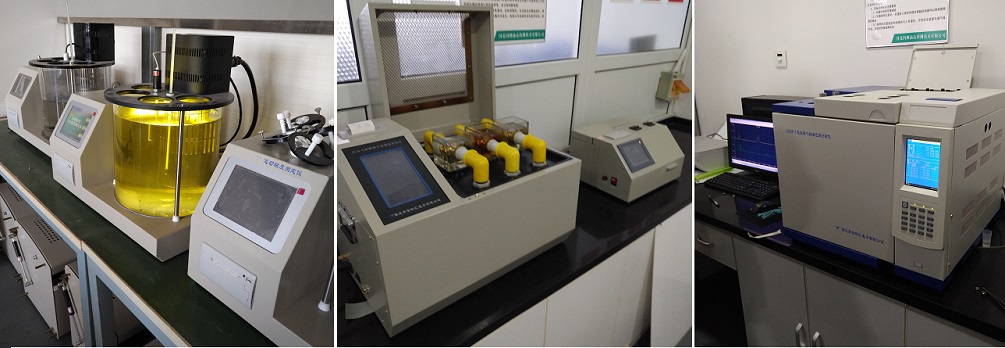In high-voltage electrical equipment, insulating oil is widely used, such as transformers, oil circuit breakers, cables, capacitors, transformers, etc., which are mostly filled with insulating oil.
In these electrical equipments, transformer oil plays the role of reinforced insulation, cooling or arc extinguishing in the operation of the transformer. In order to ensure the quality of transformer oil, relevant tests must be carried out regularly.
Notes for transformer oil sampling:
1) The oil sample should be able to represent the oil of the equipment itself, and it should be avoided to take samples at the dead corners where the oil circulation is not sufficient. Generally, samples should be taken from the sampling valve at the bottom of the equipment, and in special cases, samples can be taken from different parts;
2) The sampling is required to be completely sealed, that is, the sampling connection method is reliable, and the dissolved water and gas in the oil cannot escape, nor can air be mixed in (the residual air in the sampling joint must be drained), and no air bubbles should be generated in the oil during operation;
3) Sampling should be carried out on sunny days. After sampling, the syringe piston is required to move freely to avoid the formation of a negative pressure cavity;
4) Use a 500-1000mL sampling bottle, first wash it with detergent, then rinse it with tap water, and finally rinse it with distilled water, dry and cool it, and close the bottle tightly.
5) For transformers, oil switches or other oil-filled electrical equipment, samples should be taken from the lower valve. Before sampling, the oil valve should be wiped with clean grade A cotton gauze or cloth, and then rinsed with oil.
6) After the oil sample is taken, it should be stored in the dark
The standing time of the oil to be tested in the container before taking the oil sample:
35KV and below - 24 hours;
110KV~220KV——48 hours;
500KV and above - 72 hours;


Precautions for transformer oil breakdown voltage test
Generally, during the test, the amount of oil exceeds the electrode in the tester by 1cm-1.5cm. If the amount of oil is small, there will be errors in the measured data. If the amount of oil is too much, the transformer oil may sputter during the test.
1. Before the test starts, the tester shell should be grounded reliably.
2. Use a standard feeler gauge to check the distance between the tester electrodes. Rinse the electrode surface with qualified transformer oil.
3. When collecting transformer oil and oil samples, wipe the sampling valve and slowly open it. Rinse the test cup 2-3 times first, then take the oil sample.
4. When placing or taking out the oil cup, it should be carried out under the condition of power off.
5. The transformer oil needs to stand in the cup for 5 to 10 minutes to eliminate air bubbles.
6. The boosting speed of the tester should not be too fast, about 3000V/s is appropriate. The experiment is generally done 5 to 6 times to eliminate the cause of error, and take the average value to judge the result. The interval between each press is 2 to 3 minutes. The voltage must drop to zero before turning it off.
7. Maximum test breakdown voltage:
35KV——35KV;
110KV~220KV——40KV;
330KV and above - 60KV;
8. Each test needs to be stirred for 60s and left to stand for 5min.
When there are obvious errors in other data in the test data, a new sample should be obtained for re-testing. The reason for this phenomenon may be that the magnetic shaft cannot rotate due to the failure of the bipolar during operation. Due to the carbonization of the C element in the oil, a small amount of carbon powder appears in the oil, which will lead to errors in the test (recommended to use manual stirring)
Kingrun series oil testers



